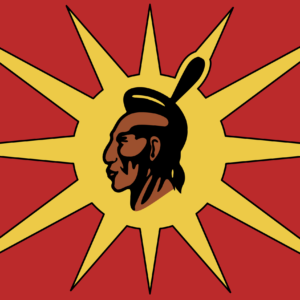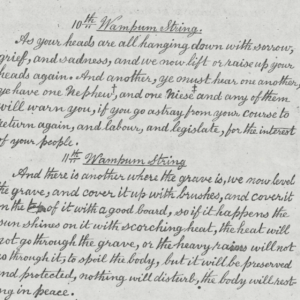
Editorial – Sept 8th 2015
When it comes to the indigenous peoples of North America all stereotypes are bad stereotypes. This is because of a long history perpetuated by the colonial states of Canada and the USA — a history of disinformation and ignorance regarding the original host peoples of this land.
The agenda being pushed is that all native peoples were one huge nation that spoke one “Indian” mega-tongue and had basically the same exact culture that spread over millions of miles. This is called Pan-Indianism.
Truthfully, indigenous peoples of this continent could not be any more diverse. The endangered language of the Haida people of the Queen Charlotte Islands, B.C. is a completely foreign and unrelated language to the Great Lakes region Kanienke’ha (Mohawk) tongue. Haida and Mohawk are connected to each other the same way Swedish and Italian are – both languages are spoken by human beings of the same continent.
Looking at lingual examples such as this is only one small aspect of the total diversity of indigenous peoples. And for the near future it would be best for Canadian society to focus on the individuality of the 600+ nations that have not succumbed to genocide to preserve the uniqueness of each one.
When we can all agree that the pre-existing indigenous nations are autonomous, and distinct from one another we can begin to examine some similarities. There are indigenous worldviews that are held in common by almost every nation and people of this land. We can call them the safe generalizations.
The first and greatest commonality amongst indigenous peoples is a profound respect for the earth and all her life forms. It is hard wired into all peoples here in Turtle Island that we have a duty and a responsibility to protect the environment, plants and creatures. It should be human common sense but these days it has become a precious commodity.
The next worldview held in common is viewing life in a holistic manner – seeing everything connected to each other in a good way. Colonization involves compartmentalizing our lives into commercialized segments. Canadians go to work to make money, send their children to a school to learn, attend church when they want to feel spiritual, vote to be political, hit up a gym to get physical, walk into a bar to be social, go on the internet to argue…et cetera, et cetera, et cetera.
Onkwehonwe, the real people did everything from beginning to end, together in the longhouse and in the communities and that made for greater, stronger relationships with each other. That in a nutshell is why the reservation plan for marginalization and segregation did not work as planned. Natives love to band together and will do so at every opportunity. All our relations, as they say.
The Indigenous worldview sees with both/and, and European sees things as either/or. Neither is better or correct but they are different ways of viewing the same thing. This is the true crime of colonization. Our visitors said their way was better than our way when they did not even understand our way. It’s like the little kid who says he doesn’t like Lasagna when he hasn’t ever tried eating Lasagna. Lasagna is amazing!
So in that respect decolonization means learning how indigenous peoples viewed life and their value systems. Stop painting every reserve with the same brush. Take the time to see the beauty in each and every thread that has been interwoven as the original tapestry of North America. We are all different but similar.






